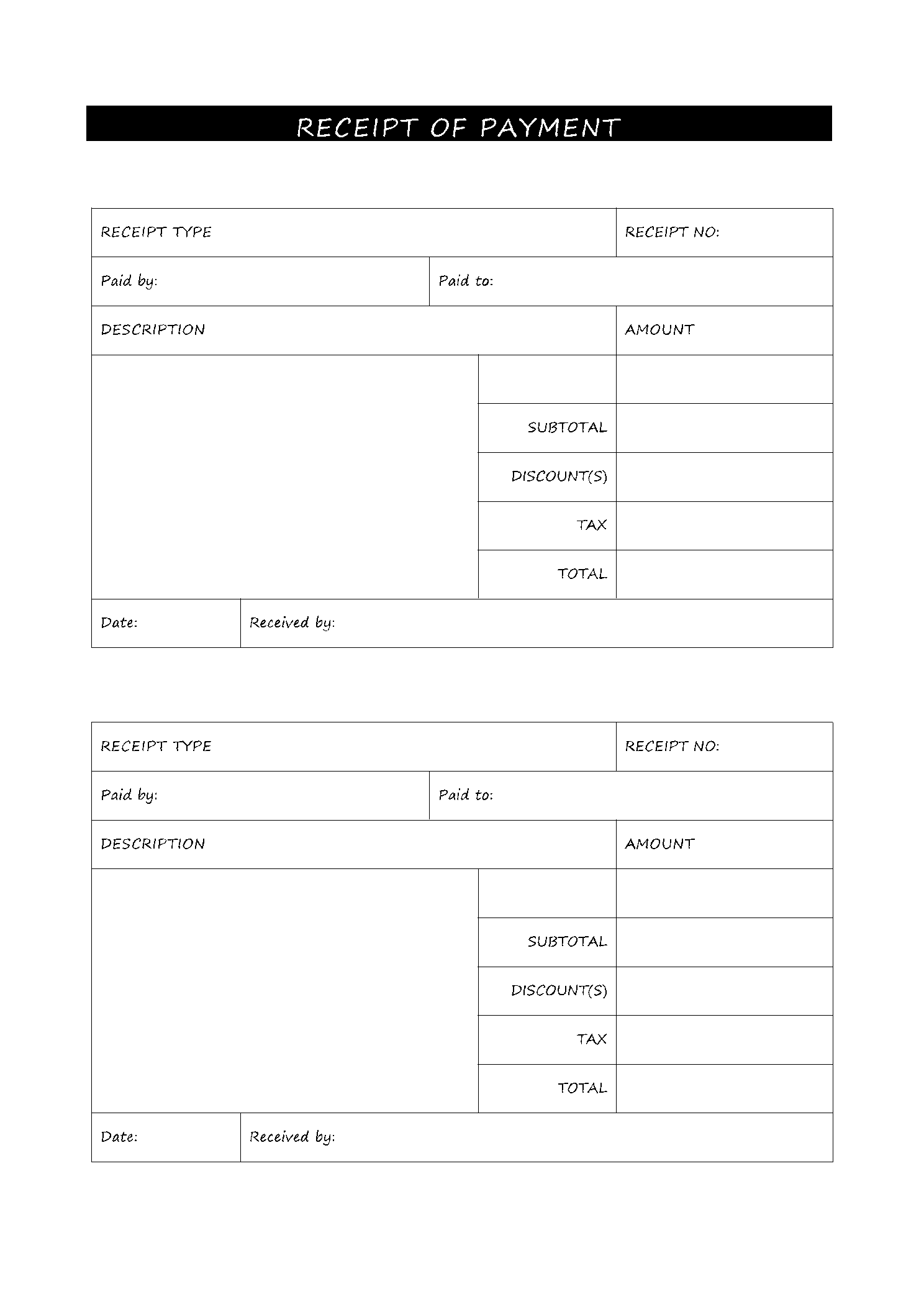When buying products and services, some people choose to pay the entire sum up front, while others put down a deposit and pay the rest later; it usually depends on the value or other circumstances and on the way the two parties settle the transaction.
A cash receipt is used for both situations, as it has a section where the seller can mention the remaining balance. But when the buyer pays the entire sum, they must receive a receipt of payment.
Also called a paid (in-full) receipt, it’s the proof that they have no remaining debt and that the product or service has been completely paid.
What Is a Payment Receipt?
A payment receipt is a document the seller has to issue at the end of a financial transaction when the client has paid the entire sum, and they are now full owners of the object of the sale.
It doesn’t need to have as many details as a cash receipt, as its purpose is to prove that the buyer has no balance due to the seller. Once the recipient of the money signs it, the transaction is officially over.
What Is the Difference Between a Payment Receipt and a Sales Receipt?
Both documents show what a buyer has purchased from a seller, but there are a few differences in the sections they contain, and they focus on different aspects of the transaction.
The receipt for payment has the purpose of proving that the financial transaction is complete since the buyer has paid the entire sum they owed the seller.
On the other hand, the sales receipt focuses more on describing the object of the transaction; it usually contains mentions of the items bought, quantity, and individual price, as well as taxes, in certain situations.
What Is Included in a Payment Receipt?
The receipt of payment is a rather straightforward document, but it’s still a good idea to create it using a payment receipt template, to make sure you don’t miss any section. These are the items that every payment receipt should have:
- Receipt #
- Date
- Recipient identification information: name and address.
- Payment information: the sum and the acknowledgment that it was paid in full. It should also include what the payment was made for – the object or service provided by the seller.
- The recipient of the payment, with name and signature.
Conclusion
The proof of payment receipt is essential in any commercial transaction, for both parties involved. The seller needs it to keep better track of the sales and revenue, and the buyer needs it as definite proof that they have paid the full sum.
While it’s a simple document to draft, using a payment receipt template is still advisable. CocoSign offers excellent templates for any document you may need, including an efficient payment receipt template.
